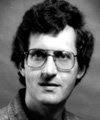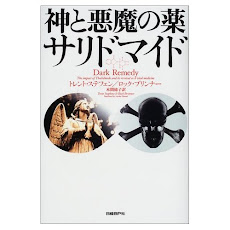Robert Hughes' group at Buck Institute found recently that aggregation of
specific proteins (mostly due to their misfolding) contributes to the normal
aging process, and blocking such an aggregation by RNAi indeed extends the
lifespan of C. elegans (1).
Misfolding of specific proteins can cause late-onset diseases such as AD
and HD. However, the contribution of protein aggregation to the normal aging
process is less well understood. To address this issue, they performed a
mass spectrometry-based proteomic analysis to identify proteins that adopt
SDS-insoluble conformations during aging in C. elegans. SDS Insoluble proteins
extracted from young and aged C. elegans were chemically labelled by isobaric
tagging for relative and absolute quantification (iTRAQ) and identified
by liquid chromatography and mass spectrometry.
They identified more than 200 distinct proteins significantly enriched in
an SDS-insoluble fraction of aged nematodes and largely absent from that
of young nematodes. The SDS-insoluble fraction in aged animals contains
a diverse range of proteins including a large number of ribosomal proteins.
Gene Ontology analysis revealed highly significant enrichments for energy
production and protein synthesis.
Using RNAi, they silenced each of genes encoding proteins remaining insoluble
in aged nematodes, to see the effect on lifespan. Around 40% of genes tested
were shown to extend lifespan after RNAi treatment, compared to only 20%
in a control group of genes. These data strongly indicate that the age-associated
protein misfolding/aggregation is among time-bombs (shorteners) of lifespan.
In support of this notion, CA (caffeic acid) or its derivatives, curcumin,
and trehalose, which prevent the heat/stress-induced protein aggregation
by activating heat-shock genes, indeed extend lifespan of nematodes and
fruit flies at least.
Reference:
1. Reis-Rodrigues, P., Czerwieniec, G., Peters,T., Evani, U. et al.
Proteomic Analysis of Age-dependent Changes in Protein Solubility Identifies
Genes that Modulate Lifespan. Aging Cell, 2011, in press.
2011年11月27日日曜日
2011年11月5日土曜日
Herbal Anti-depressants (=Anti-PAK compounds):
CAPE, apigenin, curcumin, berberine, salidroside etc
I have been wondering for several years, since I started working on an old
bee-made antibiotic called "propolis", why or how bees have or acquired
an unique instinct to collect anti-PAK1 compounds for preparing propolis,
invariably wherever they live, in Far-East, Oceania, Europe or Brazil.
Recently I got a feeling that I have finally reached a very interesting
conclusion, or the very first clue, to explain this mystery of centuries.
A friend of mine working at API Research Center in Japan recently informed
me that CAPE (caffeic acid phenethyl ester) , the major anti-cancer ingredient
(and anti-PAK1 compound) in propolis could work as an effective anti-depressant
at least in an animal model. So I started looking for a few other herbal
anti-depressants through PUBMED, and found apigenin in propolis, curcumin
in Indian curry, berberine in the Chinese yellow root, and salidroside in
Rhodiola rosea (Golden Root). Very interestingly, what is in common in
these herbal anti-depressants is their ability to block the oncogenic kinase
PAK1 (and activate the tumor-suppressing kinase AMPK).
According to the 2003 paper published by Keisuke Ohsawa's group in Sendai,
apigenin (100 mg/kg) increases the pleasure hormone "dopamine" (DA) and
improves the impaired behaviors such as the duration of immobility caused
by a forced swimming in "depressed" mice (1). In other words, apigenin makes
these "depressed" mice happy again by an increased DA production or secretion,
just like alcohol drinks such as beer and wine for persons, the sensitive
(or number) of whose dopamine-receptor is rather low. In 2005, a very similar
anti-depressant (DA-boosting) effect of curcumin (10 mg/kg) was reported
by a group at Beijing University (2). In 2007, the basically same anti-depressant
effect of berberine (20 mg/kg) was found in mouse models by a Taiwanese
group at China Medical University (3).
In 2008, a Swedish group found that the adaptogen Rhodiola rosea extract
(20 mg/kg) shows a strong anti-depressant effect on the duration of immobility
of rats in forced swimming test, and its major effective ingredient is salidroside,
a hydroxy-phenethyl glucoside (4). Furthermore, in 2010, a Japanese group
led by Yutaka Orihara at Tokyo University reported that the aromatic ring
of salidroside and related compounds (acteosides) were bio-synthesized from
Tyr through DA in Olive leave culture (5). Thus, it is conceivable that
a reverse metabolism of salidroside could produce DA in mammals, making
them feel very happy.
These findings together strongly indicate that PAK1 normally suppresses
DA production or secretion, making people depressed, although the detailed
molecular mechanism underlying this phenomenon still remains to be clarified
in the future.
Since PAK blockers are able to boost DA in brain of mammals as well as insects
such as bees, it would be reasonable to assume that bees would feel very
happy when they bump into these anti-PAK compounds such as CAPE, apigenin,
ARC (artepillin C) and triterpenes in young buds of poplar trees, willow,
camomile, and a few other trees or plants, and keep sucking these anti-PAK
compounds to prepare propolis for their larva. Why doesn't the propolis
contain either curcumin, berberine or salidroside? The answer would be
quite simple. Unlike CAPE and apigenin, these anti-PAK compounds are found
mainly in roots hidden under ground!
References:
1. Nakazawa, T. et al. Anti-depressant effects of apigenin (and TMCA) in
the forced swimming test. Biol. Pharm. Bull. 2003, 26, 474-80.
2. Xu, Y., Ku, BS., Yao, HY., Lin, YH. et al. The effects of curcumin on
depressive-like behaviors in mice. Eur J Pharmacol. 2005, 518, 40-6.
3. Penga, WH., Lo, KL., Lee, YH., Hung, TH. et al. Berberine produces
antidepressant-like effects in the forced swim test and in the tail suspension test in mice.
Life Sci. 2007, 81, 933-8.
4. Panossian, A. et al. Comparative studies of Rhodiola rosea preparations
on behavioral despair of rats. Phytomed. 2008, 15, 84-91.
5. Saimaru, H., Orihara, Y. Biosynthesis of acteoside in cultured cells
of Olea europaea. J. Nat. Med. 2010, 64, 139-45,
bee-made antibiotic called "propolis", why or how bees have or acquired
an unique instinct to collect anti-PAK1 compounds for preparing propolis,
invariably wherever they live, in Far-East, Oceania, Europe or Brazil.
Recently I got a feeling that I have finally reached a very interesting
conclusion, or the very first clue, to explain this mystery of centuries.
A friend of mine working at API Research Center in Japan recently informed
me that CAPE (caffeic acid phenethyl ester) , the major anti-cancer ingredient
(and anti-PAK1 compound) in propolis could work as an effective anti-depressant
at least in an animal model. So I started looking for a few other herbal
anti-depressants through PUBMED, and found apigenin in propolis, curcumin
in Indian curry, berberine in the Chinese yellow root, and salidroside in
Rhodiola rosea (Golden Root). Very interestingly, what is in common in
these herbal anti-depressants is their ability to block the oncogenic kinase
PAK1 (and activate the tumor-suppressing kinase AMPK).
According to the 2003 paper published by Keisuke Ohsawa's group in Sendai,
apigenin (100 mg/kg) increases the pleasure hormone "dopamine" (DA) and
improves the impaired behaviors such as the duration of immobility caused
by a forced swimming in "depressed" mice (1). In other words, apigenin makes
these "depressed" mice happy again by an increased DA production or secretion,
just like alcohol drinks such as beer and wine for persons, the sensitive
(or number) of whose dopamine-receptor is rather low. In 2005, a very similar
anti-depressant (DA-boosting) effect of curcumin (10 mg/kg) was reported
by a group at Beijing University (2). In 2007, the basically same anti-depressant
effect of berberine (20 mg/kg) was found in mouse models by a Taiwanese
group at China Medical University (3).
In 2008, a Swedish group found that the adaptogen Rhodiola rosea extract
(20 mg/kg) shows a strong anti-depressant effect on the duration of immobility
of rats in forced swimming test, and its major effective ingredient is salidroside,
a hydroxy-phenethyl glucoside (4). Furthermore, in 2010, a Japanese group
led by Yutaka Orihara at Tokyo University reported that the aromatic ring
of salidroside and related compounds (acteosides) were bio-synthesized from
Tyr through DA in Olive leave culture (5). Thus, it is conceivable that
a reverse metabolism of salidroside could produce DA in mammals, making
them feel very happy.
These findings together strongly indicate that PAK1 normally suppresses
DA production or secretion, making people depressed, although the detailed
molecular mechanism underlying this phenomenon still remains to be clarified
in the future.
Since PAK blockers are able to boost DA in brain of mammals as well as insects
such as bees, it would be reasonable to assume that bees would feel very
happy when they bump into these anti-PAK compounds such as CAPE, apigenin,
ARC (artepillin C) and triterpenes in young buds of poplar trees, willow,
camomile, and a few other trees or plants, and keep sucking these anti-PAK
compounds to prepare propolis for their larva. Why doesn't the propolis
contain either curcumin, berberine or salidroside? The answer would be
quite simple. Unlike CAPE and apigenin, these anti-PAK compounds are found
mainly in roots hidden under ground!
References:
1. Nakazawa, T. et al. Anti-depressant effects of apigenin (and TMCA) in
the forced swimming test. Biol. Pharm. Bull. 2003, 26, 474-80.
2. Xu, Y., Ku, BS., Yao, HY., Lin, YH. et al. The effects of curcumin on
depressive-like behaviors in mice. Eur J Pharmacol. 2005, 518, 40-6.
3. Penga, WH., Lo, KL., Lee, YH., Hung, TH. et al. Berberine produces
antidepressant-like effects in the forced swim test and in the tail suspension test in mice.
Life Sci. 2007, 81, 933-8.
4. Panossian, A. et al. Comparative studies of Rhodiola rosea preparations
on behavioral despair of rats. Phytomed. 2008, 15, 84-91.
5. Saimaru, H., Orihara, Y. Biosynthesis of acteoside in cultured cells
of Olea europaea. J. Nat. Med. 2010, 64, 139-45,
登録:
コメント (Atom)










































































![リオ五輪男子体操団体:日本(金)、ロシア[銀]、中国[銅]。](https://blogger.googleusercontent.com/img/b/R29vZ2xl/AVvXsEjHS61FORcH43CteZVfJzLmbqvNwOIliOSMpTpRtEi7x8j1ZwPk5rDaZovTrwuZxfDDtdEDSj673it735LF0mweIunaj7ja07lURBDYTV6wPMaAlumFt3aWWzYbHZgIaxcOLk_OKEMyQ3lX/s1600/2016+taiso+gold.jpg)
![皇太子(明仁)による沖縄訪問 [1975年]](https://blogger.googleusercontent.com/img/b/R29vZ2xl/AVvXsEjvSQrzV7yw_4gVQSwxZP_jh4VnEJscSqOqbiBh0VdAK3CRddXRqkd70JdLyws9fGejk-FGVmXWbHvSxlF3f8UogTyf9KXbqU1NGXesvcx2Hlsd6uq81AHweeioc61wynq3d2IYuyolijgT/s1600/akihito+message.jpg)




















































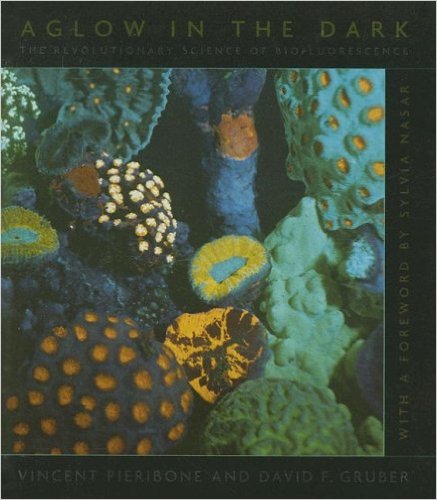














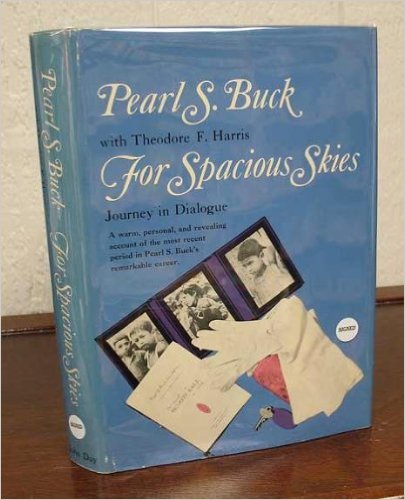














































































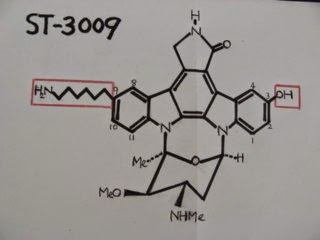







































![アルニカ [ウサギ菊]](https://blogger.googleusercontent.com/img/b/R29vZ2xl/AVvXsEilqv0qou-4NpoUh1PFWYK0FSaozKazee0VYGxsFtfjBma46ya9yxqB6X9Ziuob25tNRpBbnFIcUFlOEjz1WcAjVNzjGl1E-QbDgE7VOLkjZDx0eplJ1WJHf0fTEWXxf8F5G-cHUhqHELY9/s1600/ArnicaS.jpg)


















































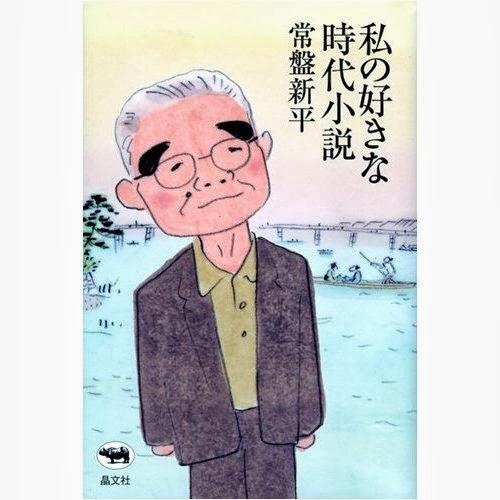










































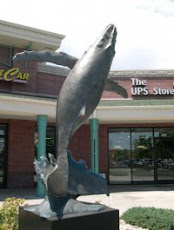










































.jpg)
















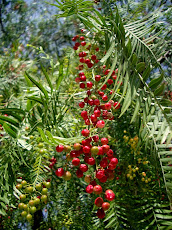






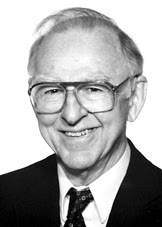








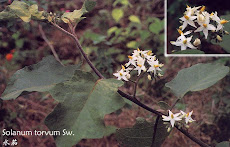







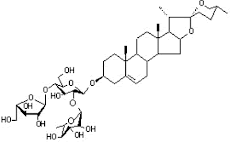















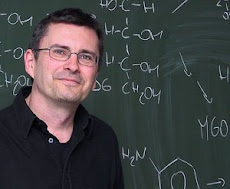


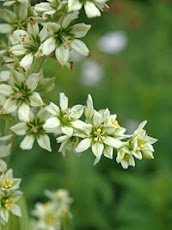








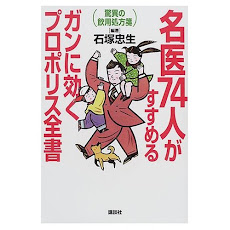



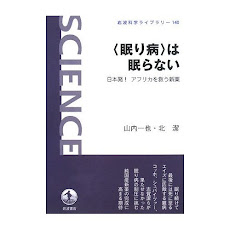












.jpg)



